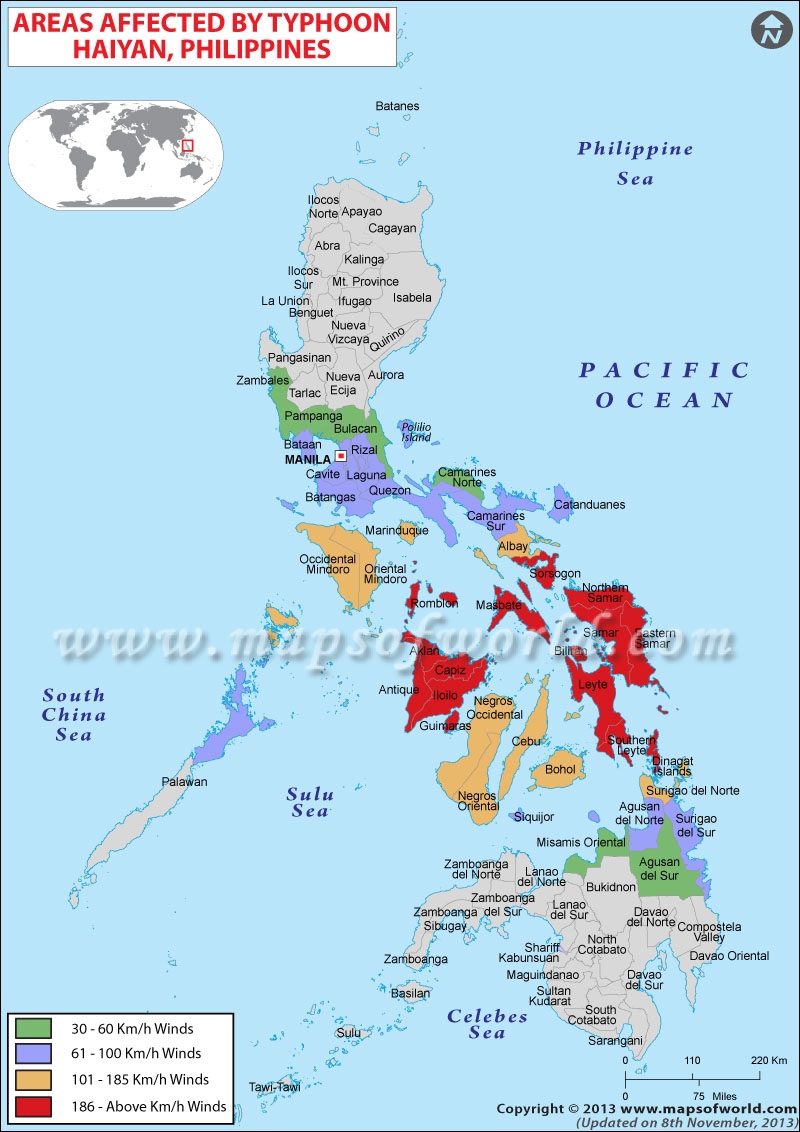The newest thing in
vaccines is the DNA vaccine they are being developed and used in clinical trials as you are reading
this.
 Both
the World Health Organization and the National Institute of Health have weighed
in on this issue.
Both
the World Health Organization and the National Institute of Health have weighed
in on this issue.
According to WHO ,“The field of DNA vaccination is
developing rapidly. Vaccines currently being developed use not only DNA, but
also include adjuncts that assist DNA to enter cells, target it towards
specific cells,”
NIH
has many articles listed that you can read on the subject. The goal of these
vaccines is to elicit the immune system against a disease with the use of
plasmid DNA. Treating
and preventing cancer is one of its main targets.















